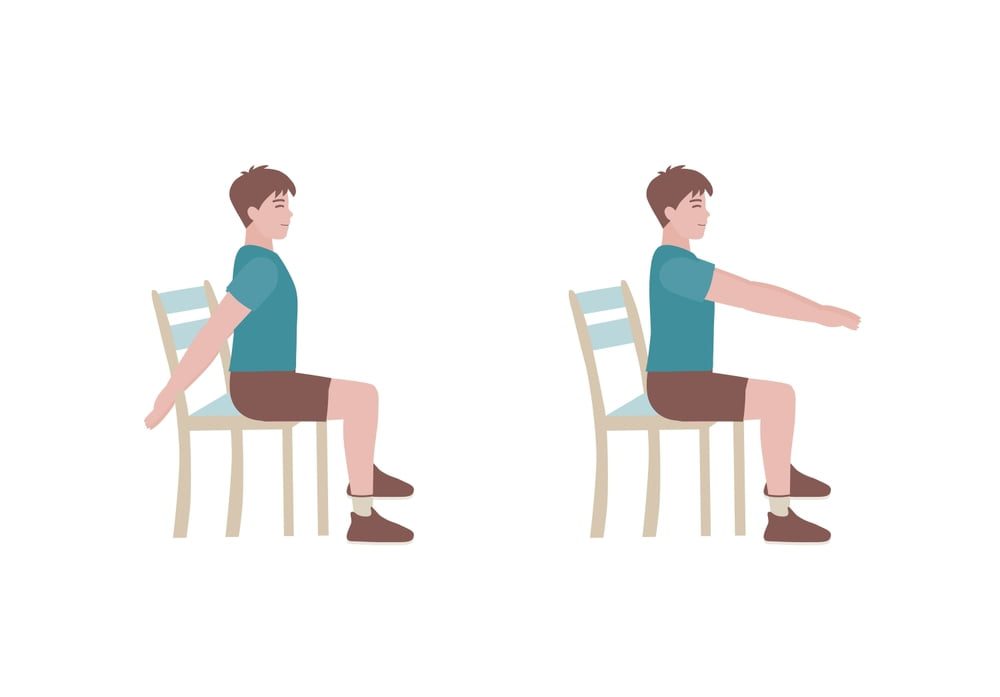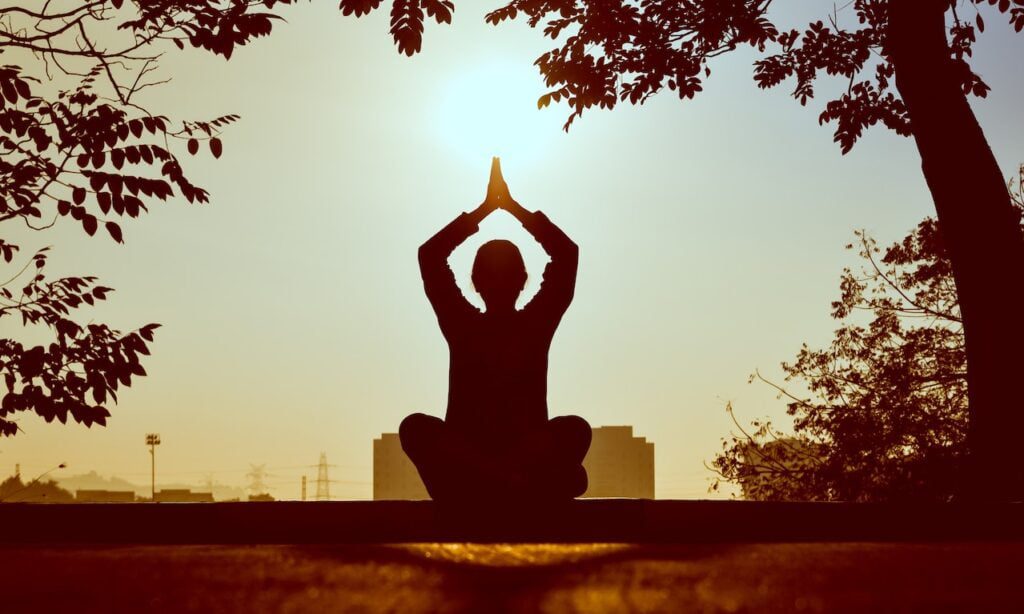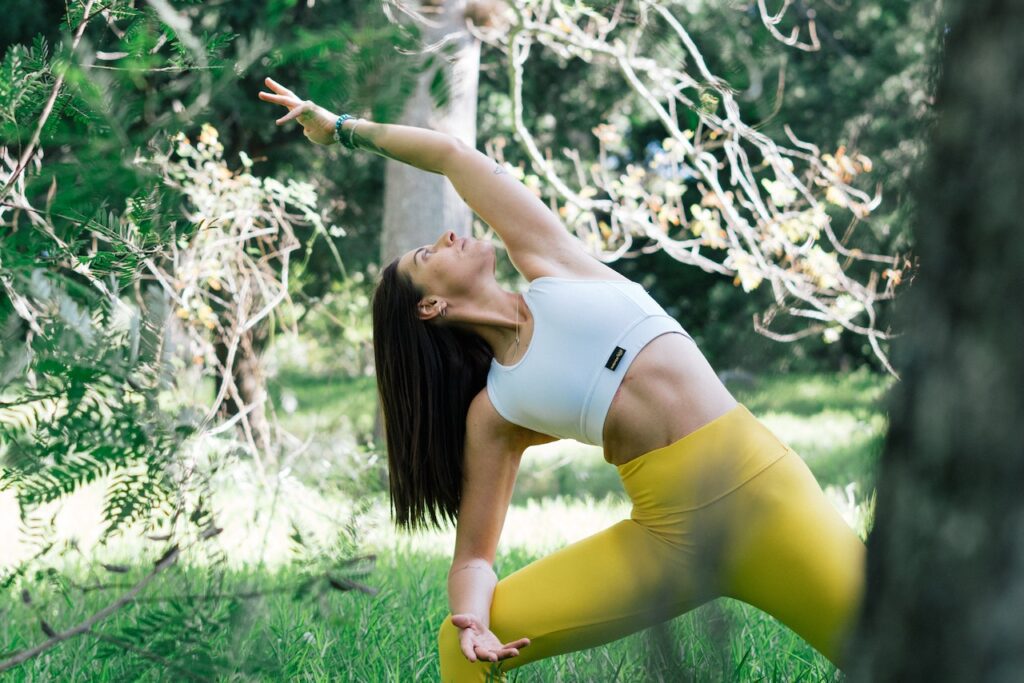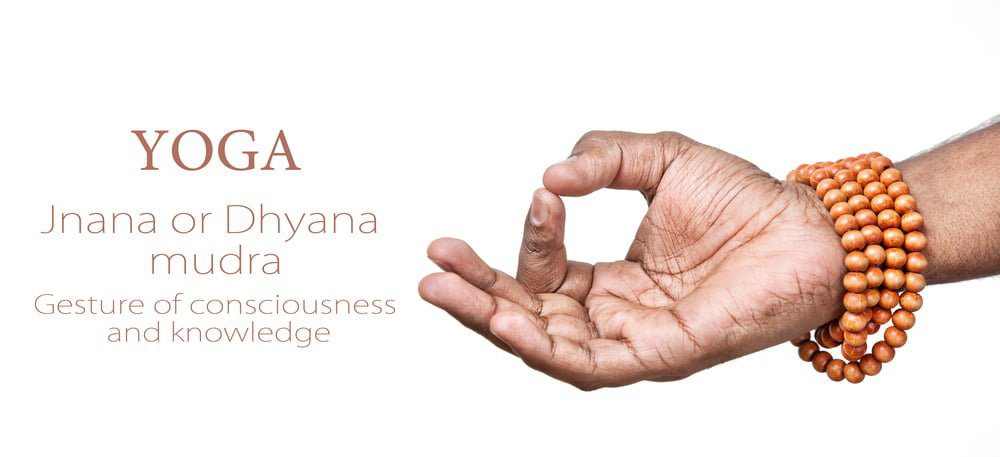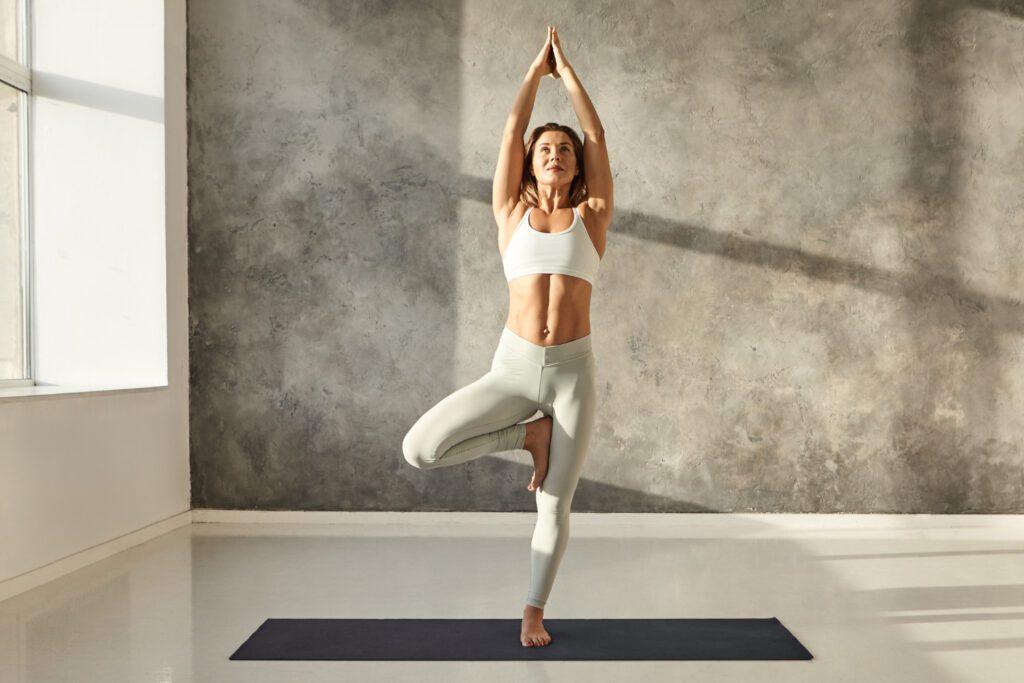Yoga has been practiced for over 5,000 years and originated in India as a way to achieve spiritual enlightenment. It has since evolved into a popular physical practice that has been adopted by people all over the world. The practice of yoga involves a series of postures or asanas that are designed to stretch and strengthen the body. One of the many benefits of yoga is its ability to improve memory and concentration. This is because yoga requires a great deal of focus and concentration to perform each pose correctly. As you practice yoga, you learn to focus your attention on your breath and the movements of your body. This helps to train your mind to stay focused and present in the moment.
In addition to improving memory and concentration, yoga is also known to provide numerous other benefits to both the mind and body. It can help to reduce stress and anxiety, improve flexibility and balance and even lower blood pressure and cholesterol levels. Yoga offers so many benefits that it has become a popular practice all around the world.
How Yoga Improve Memory And Concentration?
Yoga postures, breathing techniques and meditation help to reduce stress, which is a major factor in memory and concentration problems. Yoga also helps to increase blood flow to the brain, which enhances cognitive function and improves memory.
Furthermore, yoga helps to improve focus and concentration by training the mind to stay present and focused on the present moment. Overall, practicing yoga regularly can help to improve memory and concentration, which can have a positive impact on many aspects of life.
Yoga Asanas To Improve Memory And Concentration.
1. Padmasana (Lotus Pose).
Padmasana, also known as Lotus Pose, is a popular yoga asana that has been practiced for centuries. This pose has numerous benefits, including improving memory and concentration. This is because the posture helps to calm the mind and reduce stress, which are two major factors that can interfere with focus and memory.
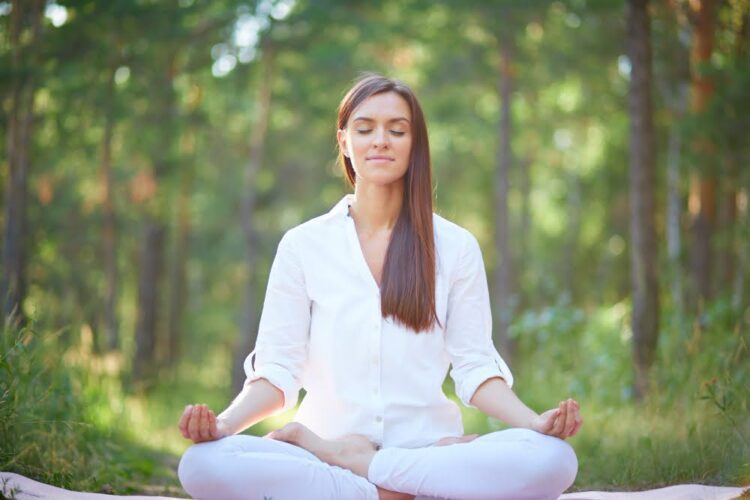
The Lotus Pose also helps to increase blood circulation to the brain, providing it with the necessary nutrients and oxygen for optimal function. Practicing Padmasana regularly can help to develop mental clarity and improve overall cognitive function, making it a valuable tool for anyone looking to enhance their memory and concentration skills.
How to do Padmasana (Lotus Pose)?
- Sit on the floor with your legs stretched out in front of you.
- Bend your right knee and place your foot on your left thigh, as close to your hip as possible.
- Bend your left knee and place your foot on your right thigh, as close to your hip as possible.
- Bring your hands to your knees and sit up tall, lengthening your spine.
- Press your sitting bones into the ground and lift the crown of your head towards the ceiling.
- Hold the pose for a few breaths, then release and repeat on the other side.
2. Vrikshasana (Tree Pose).
Vrikshasana, also known as the Tree Pose, is a yoga posture that helps to improve memory and concentration. However, this posture also helps to improve balance and focus, which are essential for memory and concentration.
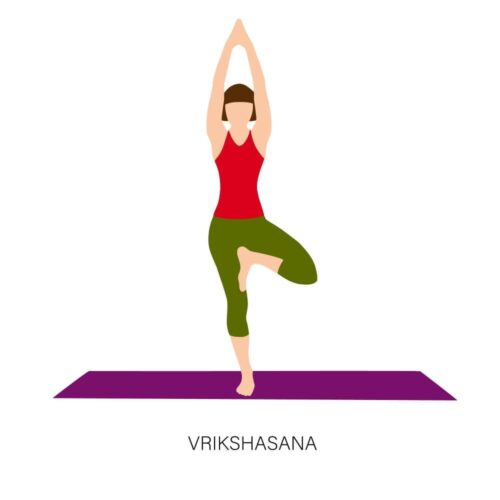
It also helps to strengthen the muscles in the legs, back and abdomen, which can promote good posture and reduce fatigue. Practicing Vrikshasana regularly can help to calm the mind, reduce stress and anxiety and improve overall mental clarity and focus.
How to do Vrikshasana (Tree Pose)?
- Start by standing straight with your feet shoulder width apart and your arms at your sides.
- After that, shift your weight onto your left foot and then slowly lift your right foot off the ground.
- Place the sole of your right foot against the inside of your left thigh, as high up as possible.
- Bring your palms together at your chest in prayer position.
- Focus on a point in front of you to maintain balance.
- Slowly raise your arms above your head, keeping your palms together.
- Hold the pose for several breaths, lengthening your spine and grounding down through your left foot.
- To exit the pose, slowly release your arms and bring your right foot back to the ground.
- Repeat the pose on the other side.
3. Sarvangasana (Shoulder Stand Pose).
Sarvangasana, also known as the Shoulder Stand Pose, is an advanced yoga pose that has a several benefits, including improving memory and concentration. This pose involves supporting the body on the shoulders with the legs extended upwards towards the ceiling.
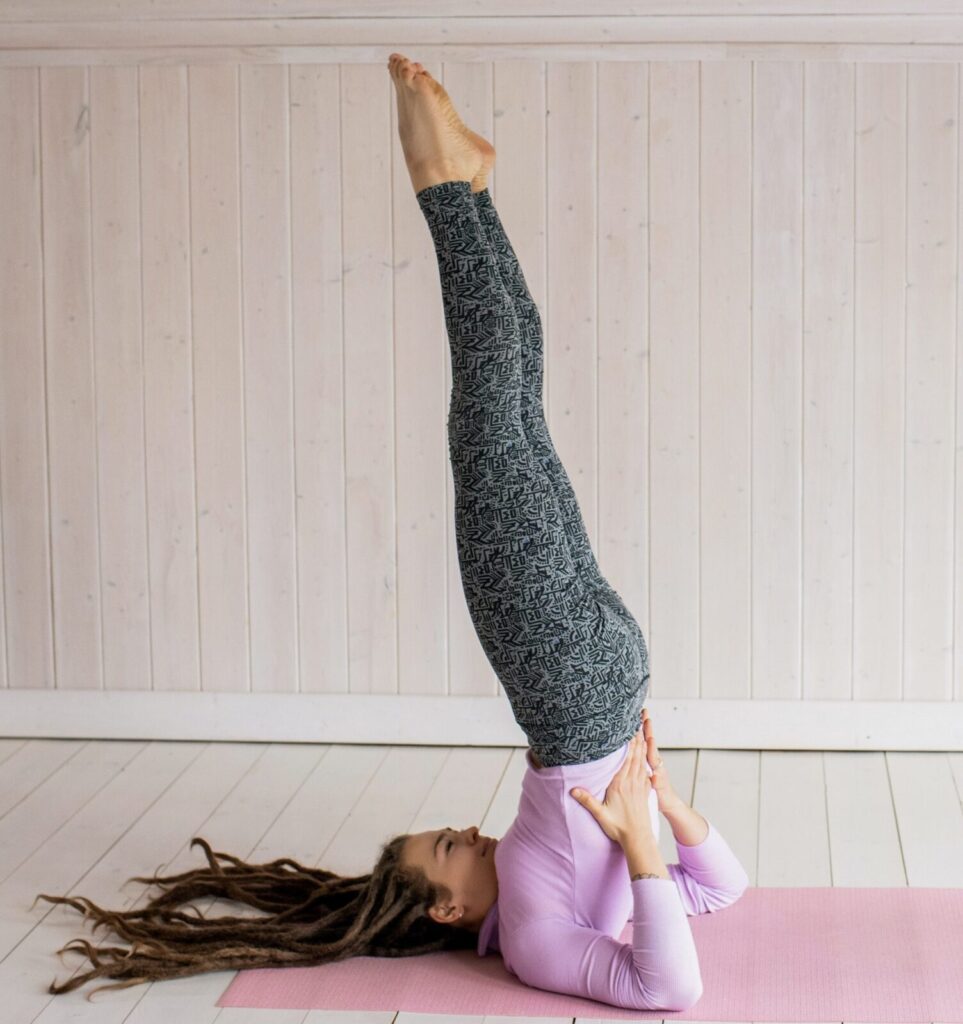
It increases blood flow to the brain, which enhances cognitive function and helps to improve memory and concentration. It also stimulates the thyroid gland, which regulates metabolism and energy levels, leading to increased focus and mental clarity. Practicing Sarvangasana regularly can also help to alleviate stress and anxiety, promoting a sense of calm and relaxation.
How to do Sarvangasana (Shoulder Stand Pose)?
- At first lie flat on your back with your arms at your sides and palms facing down.
- Slowly lift your legs off the ground, bringing them perpendicular to the floor.
- Use hands to support your lower back and lift your hips off the ground.
- Bring your legs up towards the ceiling and support your back with your hands.
- Straighten your legs and point your toes towards the ceiling.
- Hold the pose for several breaths, trying to keep your neck and shoulders relaxed.
- To come out of the pose, lower your legs down slowly and release your hands from your back.
- Return to lying flat on your back with your arms at your sides and palms facing down.
4. Bhramari Pranayama (Bee Breath).
Bhramari Pranayama, also known as Bee Breath, is a breathing exercise that has been used for centuries in yoga and meditation practices to improve memory and concentration. It involves inhaling deeply and exhaling while making a humming sound like that of a bee.
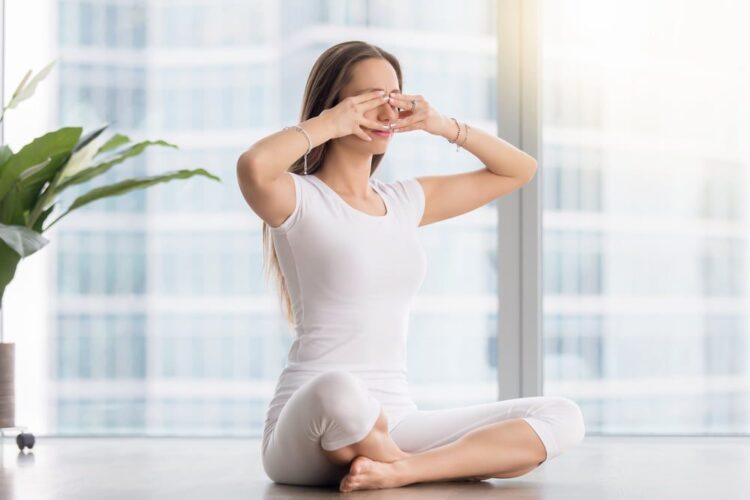
This breathing technique helps to calm the mind and reduce stress and anxiety, which can often lead to forgetfulness and lack of focus. The vibrations produced during the humming sound also stimulate the pineal gland in the brain, which is responsible for regulating sleep patterns and improving cognitive function. Practicing Bhramari Pranayama regularly may help to improve memory and concentration, leading to a more focused and productive mind.
How to do Bhramari Pranayama (Bee Breath)?
- Find a quiet and peaceful place to sit and practice Bhramari Pranayama.
- Sit comfortably with your back straight and chin parallel to the ground.
- Close eyes and take a few deep breaths to relax mind and body.
- Place your index fingers on your ears, and your thumbs on your cheeks. Your other three fingers should be resting on your forehead.
- Thereafter, take a deep breath in through your nose.
- As you exhale, make a humming sound like a bee by keeping your lips gently closed and making the sound from your throat.
- Focus on the buzzing sound and feel the vibration in your head and body.
- Continue the practice for 5-10 rounds.
- After completing the practice, sit quietly for a few moments before opening your eyes and returning to your daily activities.
5. Nadi Shodhan Pranayama (Alternate Nostril Breathing).
Nadi Shodhan Pranayama, also known as Alternate Nostril Breathing, is a powerful breathing technique that has been used for centuries in yoga to improve memory and concentration. This technique involves breathing through one nostril while blocking the other nostril, and then switching sides.
It helps to balance the energy flow in the body and improves the function of the nervous system, which in turn enhances mental clarity and focus.

Research has shown that regular practice of Nadi Shodhan Pranayama can reduce stress and anxiety, improve cognitive function and increase overall well-being. This technique is easy to learn and can be practiced by anyone, making it a simple yet effective way to boost memory and concentration.
How to do Nadi Shodhan Pranayama (Alternate Nostril Breathing)?
- Sit in a comfortable position, with your spine straight and shoulders relaxed.
- Hold your right hand up and place your index and middle fingers on your forehead, between your eyebrows.
- Use thumb to close your right nostril and inhale deeply through your left nostril.
- Close left nostril with your ring finger and slowly release your thumb from your right nostril.
- Exhale completely through your right nostril.
- Inhale deeply through your right nostril and then close it with your thumb.
- Release your ring finger from your left nostril and exhale completely through your left nostril.
- This completes 1 round of Nadi Shodhan Pranayama.
- Repeat for several rounds, alternating between inhaling through the left nostril and exhaling through the right, and inhaling through the right nostril and exhaling through the left.
- Aim to breathe slowly and deeply throughout the practice.
6. Dhanurasana (Bow Pose).
Dhanurasana, also known as Bow Pose, is an excellent yoga posture that can help to improve memory and concentration. Additionally, Dhanurasana can help to reduce stress and anxiety, which can also have a positive impact on memory and concentration. Practicing this pose regularly can be an effective way to enhance your mental clarity and focus.

How to do Dhanurasana (Bow Pose)?
- Lie on your belly with your arms alongside your body and your palms facing up.
- Thereafter, bend your knees and bring your heels towards your buttocks.
- Reach back with your hands & grab onto your ankles.
- Inhale and lift your chest and legs off the ground, keeping your arms straight.
- Lift your thighs and push your feet away from your body.
- Keep your gaze forward and hold the pose for as long as comfortable.
- Exhale and release your ankles, lowering your chest and legs to the ground.
- Repeat the pose two or three times.
Prevention tips for Yoga Asanas To Improve Memory And Concentration.
- Warm-up before starting with the asanas.
- Start with basic asanas and gradually progress to advanced ones.
- Follow proper technique and alignment while doing the asanas.
- Do not overexert or strain yourself.
- Practice regularly to see results.
- Breathe deeply and steadily while holding the poses.
- You must focus on the present moment and avoid distractions.
- Incorporate meditation and mindfulness practices into your routine.
- Listen to your body and modify the poses as required.
- Consult a certified yoga instructor or healthcare professional if you have any concerns or medical conditions.
Frequently Asked Questions.
Yes, yoga can be practiced by people of all ages, as long as they are physically able to perform the asanas and follow the instructions.
No, you do not need to have prior experience in yoga to practice these asanas. However, it is important to start slowly and gradually increase the intensity and duration of the practice.
It is recommended to practice these yoga asanas for at least 20-30 minutes every day to see significant improvements in memory and concentration.
Bottom Line.
Yoga asanas have been proven to be effective in improving concentration and memory. Regular practice of yoga can help in reducing stress, improving cognitive abilities and increasing blood flow to the brain. By incorporating above mentioned yoga into your daily routine, you can experience improved focus, better memory retention and overall mental clarity. Whether you are a student, a working professional or someone who wants to enhance their mental abilities, practicing yoga asanas can be a beneficial addition to your lifestyle. So, start practicing yoga today and reap the benefits of a sharper mind and improved mental well-being.
How we reviewed this article:
Our team of experts is always monitoring the health and wellness field, ensuring that our articles are updated promptly as new information emerges. See Our Editorial Process
Dec 7, 2025
Written By: Nebadita
Reviewed By: Tatiana Sokolova
Written By: Nebadita
Reviewed By: Tatiana Sokolova

 Workout
Workout
 Meditation
Meditation





 Contact Us
Contact Us







